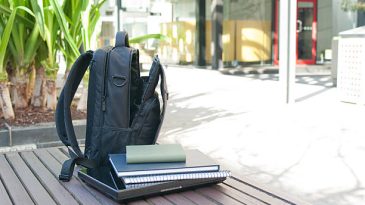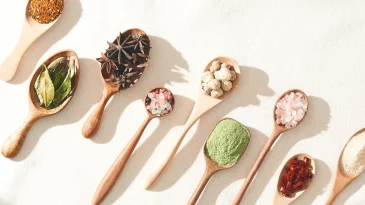- General
- Updated on May 2, 2025
Why Dermatologists Warn Against Using Loofahs Daily
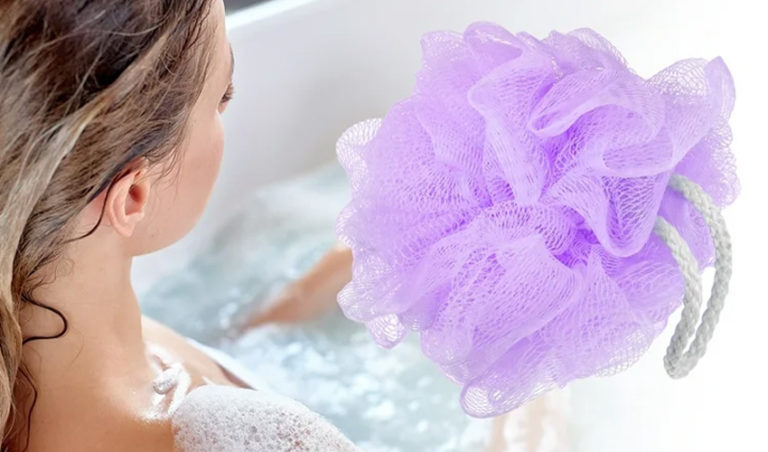
Introduction
Loofahs have long been a staple in many people’s skincare routines. Their rough texture promises smooth, exfoliated skin, and their natural origins seem to make them a healthier, eco-friendly choice. However, despite their popularity, dermatologists increasingly advise against using loofahs daily—and for good reason. What may feel like a refreshing scrub could actually be causing more harm than good.
The Problem with Loofahs
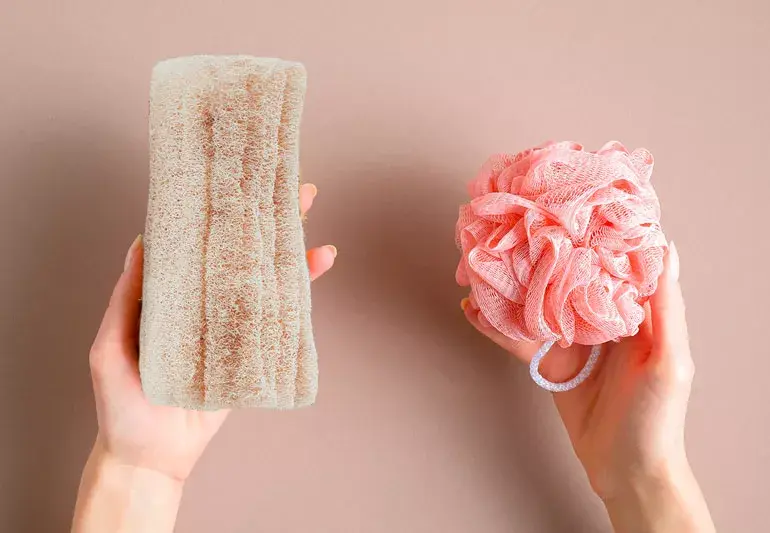
At first glance, loofahs seem like a harmless and even beneficial addition to your skincare routine. They’re natural, affordable, and known for their exfoliating power. But beneath their rough, fibrous surface lies a hidden threat to your skin health. While loofahs can help remove dead skin cells, they can also harbor bacteria, cause irritation, and contribute to long-term skin damage—especially when used daily. Dermatologists are increasingly warning against their regular use, urging people to reconsider how they exfoliate and care for their skin.
1. Breeding Ground for Bacteria
Loofahs are highly porous, meaning they easily trap dead skin cells, body oils, and moisture. Combined with the warm, humid environment of your bathroom, this makes them an ideal breeding ground for bacteria, mold, and fungi. Using a contaminated loofah can lead to skin irritation, folliculitis, or even infections—especially if you have cuts, scrapes, or sensitive skin.
2. Over-Exfoliation
While exfoliation can be beneficial for removing dead skin cells and promoting cell turnover, doing it daily—especially with something as abrasive as a loofah—can strip the skin of its natural oils. This can result in dryness, irritation, and a compromised skin barrier, making you more prone to breakouts and sensitivity.
3. Skin Trauma
Using a loofah too aggressively or on delicate areas like the face, neck, or underarms can cause micro-tears in the skin. Over time, this can lead to chronic irritation or even long-term skin damage.
4. Not Ideal for All Skin Types
People with conditions like eczema, psoriasis, or acne should avoid loofahs altogether. The rough texture can aggravate these conditions, spreading bacteria and worsening inflammation.
How to Exfoliate Safely
If you enjoy exfoliation but want to protect your skin:
- Limit loofah use to 1–2 times per week, not daily.
- Replace your loofah regularly—every 3–4 weeks for natural loofahs.
- Allow it to dry completely between uses and keep it in a dry, ventilated area.
- Avoid using loofahs on broken or sensitive skin.
- Consider alternatives like soft washcloths, silicone scrubbers, or chemical exfoliants with AHAs or BHAs for gentler, more hygienic exfoliation.
Also Read: The Hidden Dangers of Non-Stick Pans You Need to Know
Conclusion
While loofahs may seem like an innocent addition to your shower routine, using them daily can do more harm than good. From harboring harmful bacteria to damaging your skin barrier, the risks often outweigh the benefits. Listening to dermatologists and practicing mindful exfoliation can help you maintain healthy, radiant skin—without unnecessary irritation or infection.
Join the discussion
Related Articles
No results available
ResetTrending Articles


- Tech
- Updated on November 12, 2025


- General
- Updated on November 8, 2025
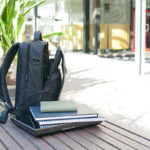

- General
- Updated on November 6, 2025


- Sports
- Updated on November 5, 2025


- General
- Updated on November 4, 2025


- General
- Updated on November 1, 2025

- General
- Updated on October 30, 2025


- General
- Updated on October 30, 2025


- General
- Updated on October 27, 2025


- General
- Updated on October 27, 2025
No results available
Reset

